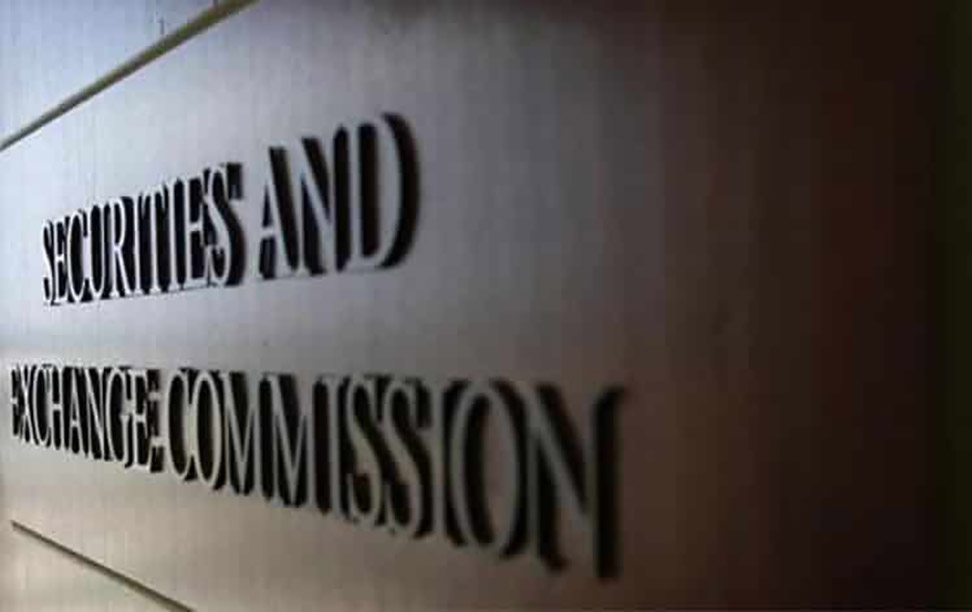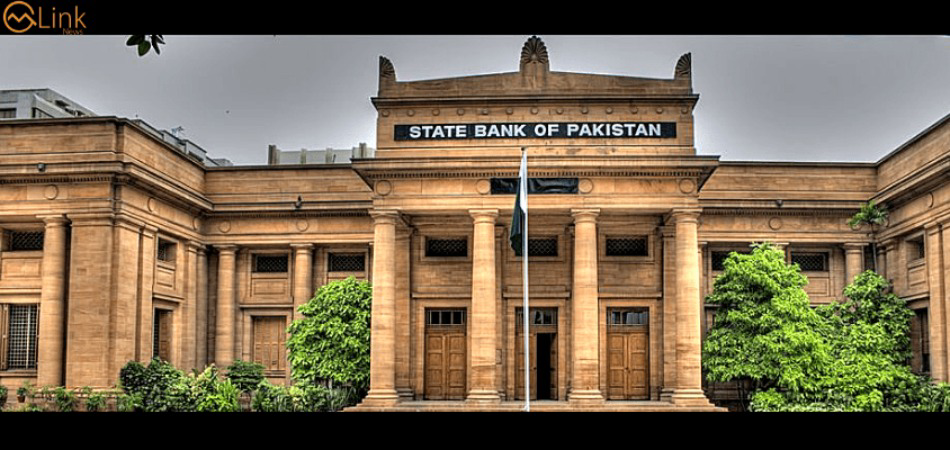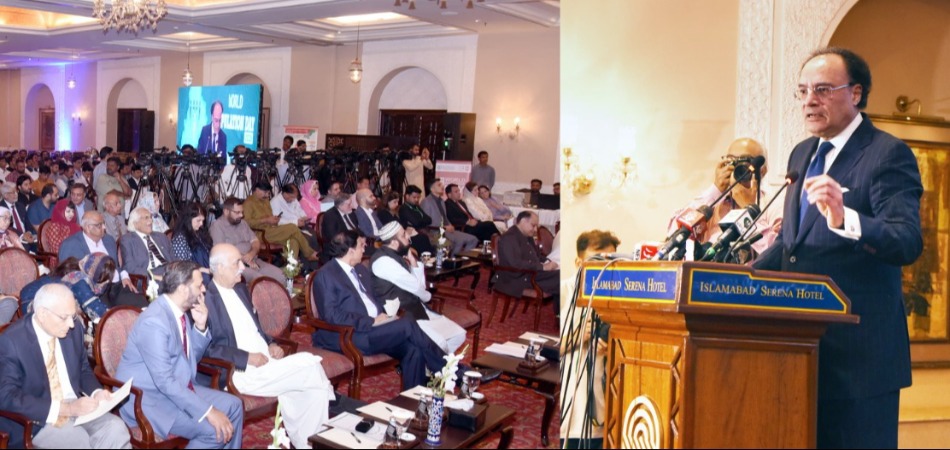Pakistan economy to ‘gradually recover’ in FY21, says IMF

MG News | July 10, 2020 at 02:14 PM GMT+05:00
July 10, 2020 (MLN): The International Monetary Fund (IMF) in its recent report under the head of policy tracker which summarizes the key economic responses governments are taking to limit the human and economic impact of the COVID-19 pandemic, has said that a gradual recovery in Pakistan is expected in FY 2021 as the economy reopens.
The IMF, in the report swotted the various steps that Pakistan has taken both at the federal and provincial level to contain and mitigate the spread of the virus since March 2020. These included selective quarantines, border closures with neighboring countries, international and domestic travel restrictions, school and university closures, banning of public events, social distancing measures, and varying levels of lockdown across the country.
As a result, the near-term economic outlook of the country has worsened notably, and growth is estimated at –0.4 percent in FY 2020, the report said.
Subsequently, since mid-April, the federal government, in coordination with provinces, has been gradually easing lockdown arrangements, by allowing ‘low-risk industries’ to restart operation and ‘small retail shops’ to reopen with newly developed Standard Operating Procedures.
In addition, restrictions on domestic and international movements have been lifted (e.g. domestic flights, train services, and international flights have resumed). Selective’ lockdown arrangements remain in place, through the closure of shops on weekends and the sealing of specific areas of high risk, the report added.
The document further examined the key policy responses on both fiscal and monetary front as of July 1, 2020, as per which a relief package worth PKR 1.2 trillion was announced by the federal government on March 24, which is now being implemented and will be pursued in fiscal year 2020/21.
The key measures taken by the government include; elimination of import duties on emergency health equipment; cash transfers to 6.2 million daily wage workers (PKR 75 billion), cash transfers to more than 12 million low-income families (PKR 150 billion), accelerated tax refunds to the export industry (PKR 100 billion), out of which 65 percent have already been disbursed and financial support to SMEs and the agriculture sector (PKR 100 billion) in the form of power bill deferment, bank lending, as well as subsidies and tax incentives.
The report highlighted that economic package also earmarks resources for an accelerated procurement of wheat (PKR 280 billion), financial support to utility stores (PKR 50 billion), a reduction in regulated fuel prices (with a benefit for end consumers estimated at PKR 70 billion), support for health and food supplies (PKR 15 billion), electricity bill payments relief (PKR 110 billion), an emergency contingency fund (PKR 100 billion), and a transfer to the National Disaster Management Authority (NDMA) for the purchase of COVID-19 related equipment (PKR 25 billion).
The report also cited that the budget for FY 2021 includes further tariff and custom duty reductions on food items, a PKR 70 billion allocation for ‘COVID-19 Responsive and Other Natural Calamities Control Program’, as well as the provision of tax incentives to the construction sector to address the acute employment needs generated by the lockdowns. In addition, the FY 2020/21 budgets for provincial governments also provide tax relaxations and expenditure allocations to mitigate Covid-19 effects.
At provincial level, the government of Punjab’s measures include a PKR 18 billion tax relief package and a PKR 10 billion cash grants program. The government of Sindh’s measures include cash grant and ration distribution program of PKR 1.5 billion for low-income households.
The State Bank of Pakistan (SBP), also responded to the crisis by cutting the policy rate by a cumulative 625 basis points to 7.0 percent since March 17. The SBP has also expanded the scope of existing refinancing facilities and introduced three new ones that aim at supporting hospitals and medical centers to purchase equipment to detect, contain, and treat COVID-19, stimulating investment in new manufacturing plants and machinery, as well as modernization and expansion of existing projects and incentivizing businesses to avoid laying off their workers during the pandemic.
Moreover, the SBP introduced various temporary regulatory measures such as reducing the capital conservation buffer by 100 bps, increasing the regulatory limit on extension of credit to SMEs, relaxing of the debt burden ratio on consumer loans and suspending bank dividends for the first two quarters to shore up capital etc. to maintain banking system soundness and sustain economic activity.
On Balance of Payment (BOP) front, the SBP has introduced further regulatory measures to facilitate the import of COVID-19-related medical equipment and medicine. These include (i) lifting the limit on import advance payments and import on open account, and (ii) allowing banks to approve an Electronic Import Form (EIF) for the import of equipment donated by international donor agencies and foreign governments, the report concluded.
Copyright Mettis Link News
Related News
| Name | Price/Vol | %Chg/NChg |
|---|---|---|
| KSE100 | 134,299.77 290.06M |
0.39% 517.42 |
| ALLSHR | 84,018.16 764.12M |
0.48% 402.35 |
| KSE30 | 40,814.29 132.59M |
0.33% 132.52 |
| KMI30 | 192,589.16 116.24M |
0.49% 948.28 |
| KMIALLSHR | 56,072.25 387.69M |
0.32% 180.74 |
| BKTi | 36,971.75 19.46M |
-0.05% -16.94 |
| OGTi | 28,240.28 6.19M |
0.21% 58.78 |
| Symbol | Bid/Ask | High/Low |
|---|
| Name | Last | High/Low | Chg/%Chg |
|---|---|---|---|
| BITCOIN FUTURES | 118,140.00 | 119,450.00 115,635.00 |
4270.00 3.75% |
| BRENT CRUDE | 70.63 | 70.71 68.55 |
1.99 2.90% |
| RICHARDS BAY COAL MONTHLY | 97.50 | 0.00 0.00 |
1.10 1.14% |
| ROTTERDAM COAL MONTHLY | 108.75 | 108.75 108.75 |
0.40 0.37% |
| USD RBD PALM OLEIN | 998.50 | 998.50 998.50 |
0.00 0.00% |
| CRUDE OIL - WTI | 68.75 | 68.77 66.50 |
2.18 3.27% |
| SUGAR #11 WORLD | 16.56 | 16.60 16.20 |
0.30 1.85% |
Chart of the Day
Latest News
Top 5 things to watch in this week
Pakistan Stock Movers
| Name | Last | Chg/%Chg |
|---|
| Name | Last | Chg/%Chg |
|---|




 MTB Auction
MTB Auction